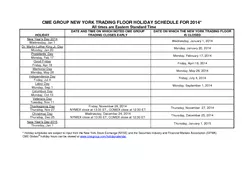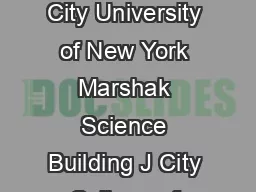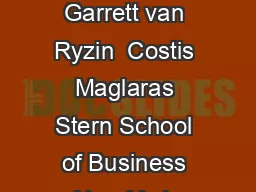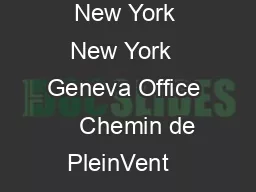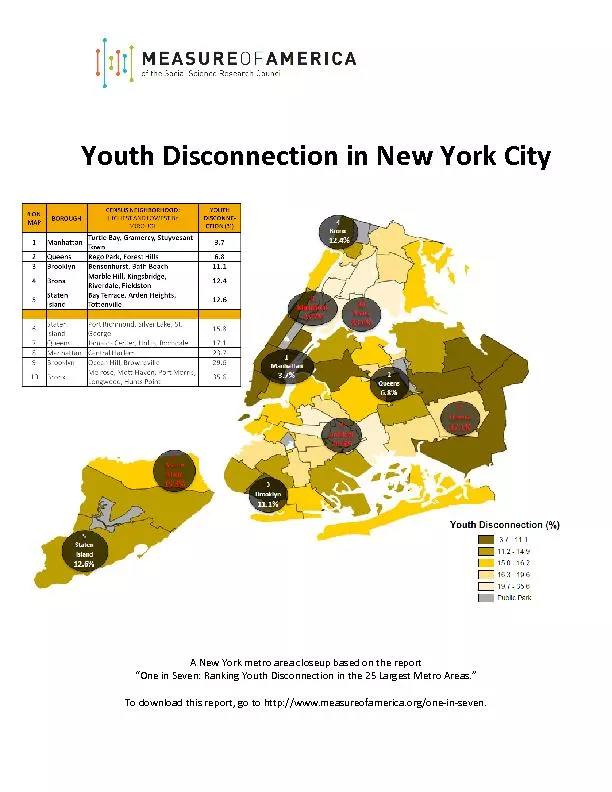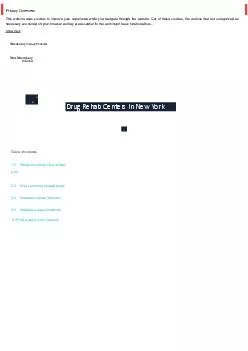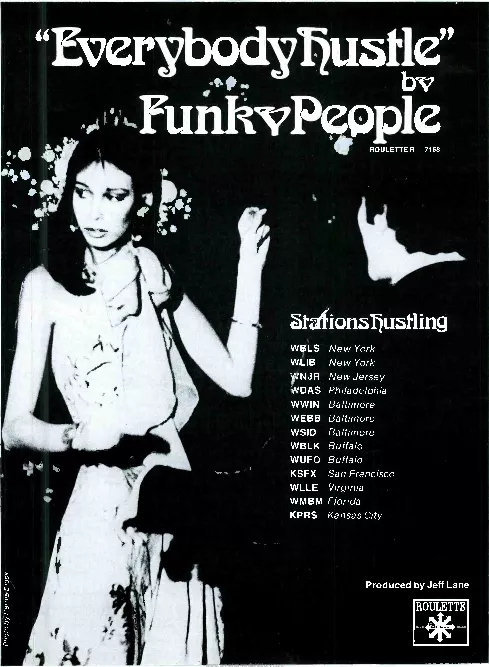PPT-New York Times
Author : yoshiko-marsland | Published Date : 2016-05-21
Social Insurances and Layoffs By Kaylie Means When people are laid off and actively looking for work they may file for unemployment to help with finances Unemployment
Presentation Embed Code
Download Presentation
Download Presentation The PPT/PDF document "New York Times" is the property of its rightful owner. Permission is granted to download and print the materials on this website for personal, non-commercial use only, and to display it on your personal computer provided you do not modify the materials and that you retain all copyright notices contained in the materials. By downloading content from our website, you accept the terms of this agreement.
New York Times: Transcript
Download Rules Of Document
"New York Times"The content belongs to its owner. You may download and print it for personal use, without modification, and keep all copyright notices. By downloading, you agree to these terms.
Related Documents


